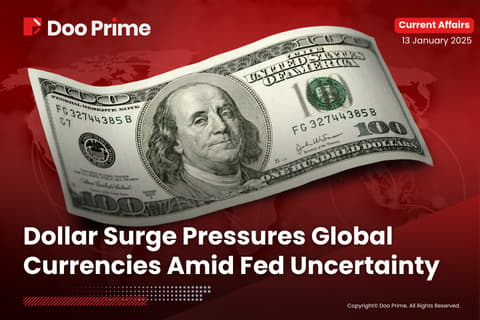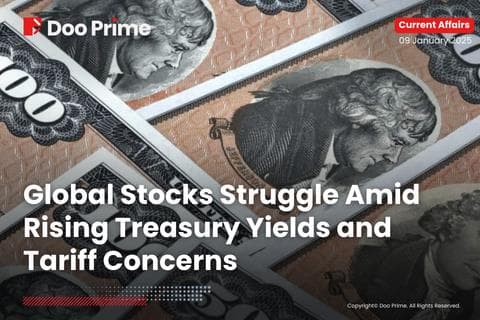WORLDWIDE: HEADLINES
FX Markets In For Bumpy Ride Over Next Three Months
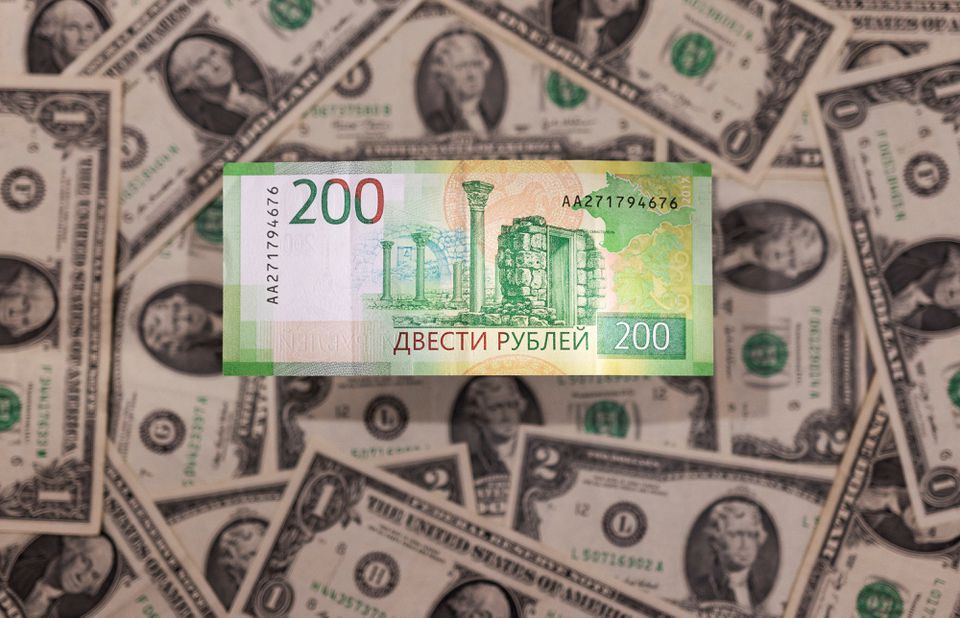
Currencies are in for a bumpy ride with already heightened volatility expected to increase over the next three months in the wake of Russia’s invasion of Ukraine, according to a Reuters poll of analysts who forecast more pain for the battered rouble.
Volatility spiked on Wednesday to levels not seen since the start of the COVID-19 pandemic, according to Deutsche Bank (.DBCVIX).
That trend is expected to continue in the near term, with over 90% of respondents to an additional question in the Feb. 28-March 3 poll of currency strategists expecting volatility to either increase or increase significantly in the coming three months.
“It will be a higher volatility period just because the issues under discussion haven’t been under discussion in a generation and in some places in a lifetime,” said Steve Englander, head of G10 FX strategy at Standard Chartered.
Since Russia invaded Ukraine on Feb. 24, money has been siphoned away from riskier assets into safer havens, including the dollar, the Japanese yen and the Swiss franc, as well as currencies linked to commodity markets.
While the yen and franc were expected to be in demand in the short term they were forecast to weaken marginally against the greenback over the 12-month horizon as neither currency carries an interest rate edge.
The U.S. Federal Reserve is set to begin raising rates at its meeting this month from near-zero, delivering at least 125 basis points of tightening by year-end, according to a separate Reuters poll.
“The traditional safe havens…are doing OK but not brilliant when under tensions, and underperforming badly when tensions ease because, in a way, they have nothing to offer. They don’t have any rates,” said Englander.
Full coverage: REUTERS
Pressure Grows On Biden To Ban U.S. Imports Of Russian Oil
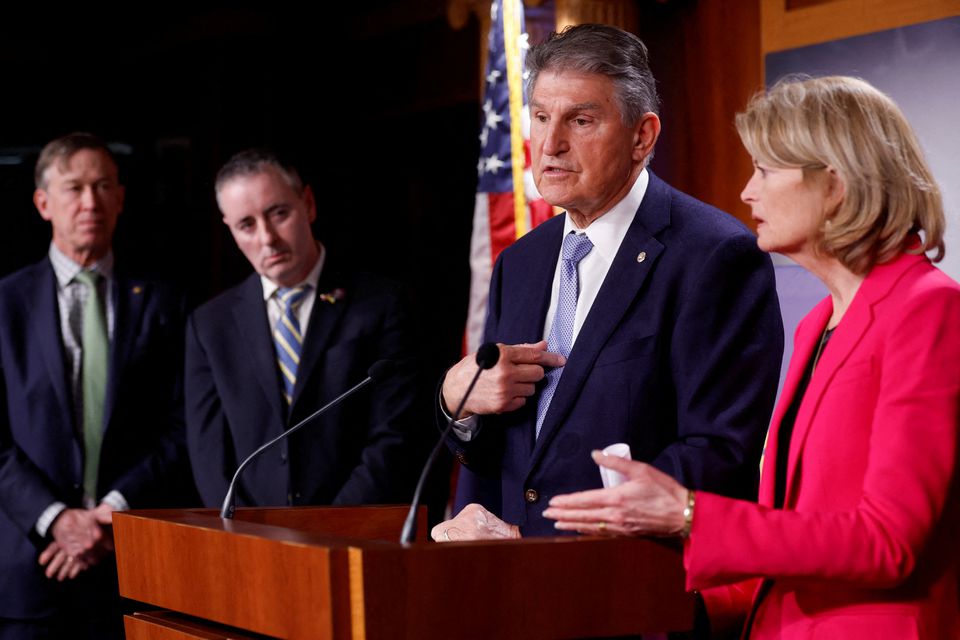
A bipartisan group of U.S. senators introduced a bill on Thursday to ban U.S. imports of Russian oil, saying the shipments could be replaced by boosting output in North America and other places.
The bill would have to pass the Senate and House and be signed by President Joe Biden to become law, but the White House has indicated reluctance to support moves that could increase the price of gasoline at a time when inflation is already high.
The bill, Banning Russian Energy Imports Act, is intended to punish President Vladimir Putin over his invasion of Ukraine and is sponsored by 18 senators in the 100-member chamber, including Joe Manchin, a conservative Democrat, and Lisa Murkowski, a Republican. Similar legislation has been offered by Senator Ed Markey, a liberal Democrat.
House of Representatives Speaker Nancy Pelosi also said she supports a ban. “I’m all for that,” she told reporters. “Ban the oil coming from Russia.”
The White House did not immediately respond to a request for comment about whether Biden, a Democrat, would sign the bill.
“I don’t believe this country should be importing anything from Russia,” Jon Tester, a Democrat from oil-producing Montana who supports the Manchin-Murkowski bill, told reporters. “It will send even a bigger message that the United States is in this with Ukrainians for the long haul.”
It was unclear if the bill will win the 60 votes in the Senate that are likely necessary for it to pass, but the fact that several Democrats are co-sponsoring it increases its chances.
The United States imported more than 20.4 million barrels of crude and refined products a month on average in 2021 from Russia, about 8% of U.S. liquid fuel imports, according to the Energy Information Administration (EIA).
Full coverage: REUTERS
WORLDWIDE: FINANCE/BUSINESS
Stocks Fall As Ukraine Crisis Deepens, Oil Prices Rally
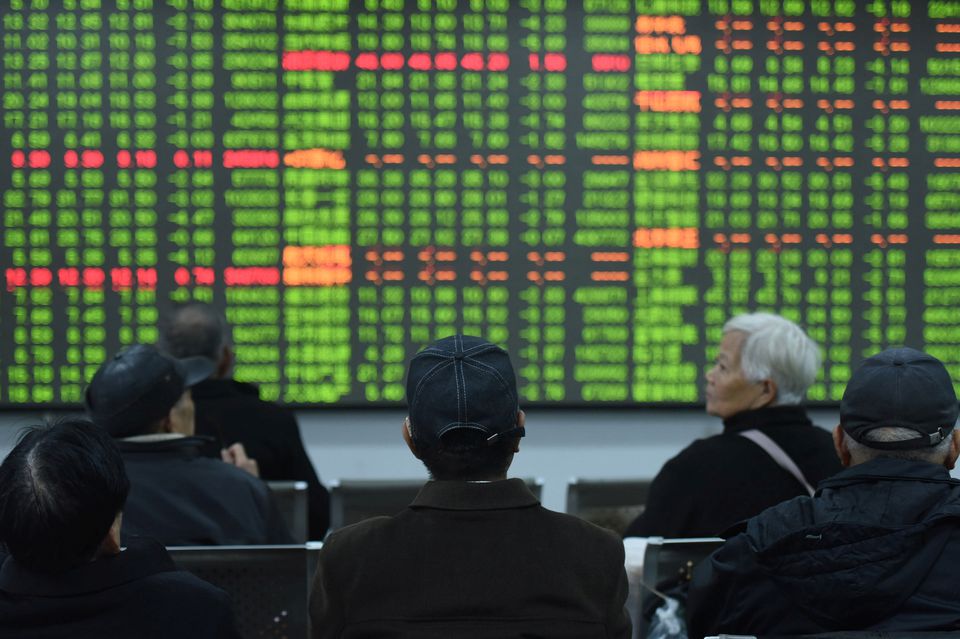
Asian shares took a beating in early trade on Friday and oil prices jumped as a report of a nuclear power plant on fire amid continued fierce fighting between Ukraine and Russian troops further unnerved investors.
RIA News agency cited the Ukrainian atomic energy ministry as saying that a generating unit at the Zaporizhzhia nuclear power plant, the largest of its kind in Europe, has been hit during an attack by Russian troops.
S&P 500 futures shed 1.6% and Nasdaq futures lost 1.8%. Overnight, Wall Street ended lower as investors remained on edge over the Ukraine crisis, while rising prices of commodities also weighed on market sentiment.
MSCI’s broadest index of Asia-Pacific shares outside Japan (.MIAPJ0000PUS) shed 0.8% and traded near the day’s lows. Markets across Asia were in a sea of red, with Japan (.N225) down 2.3%, South Korea fell 1.4% and commodities-heavy Australia (.AXJO) also lost 1.2%.
Oil prices jumped on Friday after ending steady a day earlier, with the market also focused on whether the OPEC+ producers, including Saudi Arabia and Russia, would increase output from January.
The euro shed further ground and was set for its worst week versus the dollar in nine months. It fell 0.44% to $1.1022.
Full coverage: REUTERS
Euro Tumbles Further After News Of Fire At Ukrainian Nuclear Plant
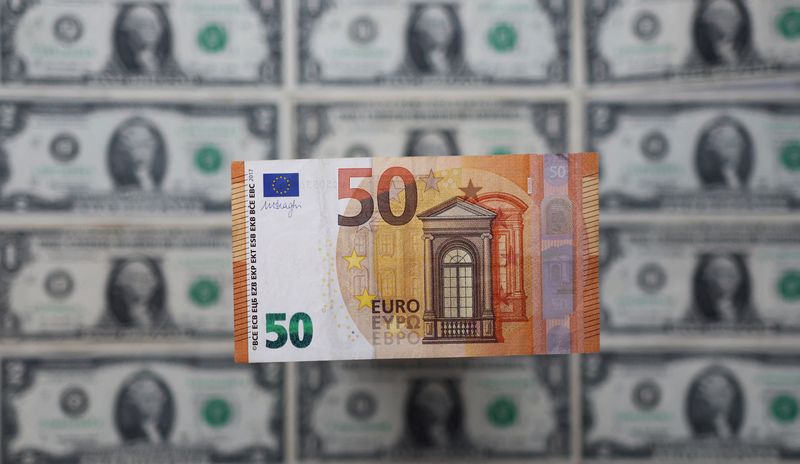
The euro was set for its worst week versus the dollar in nine months, as the war in Ukraine and the prospect of sustained high commodity prices continued to drag on expectations of European economic growth.
Adding to worries in early Asian trade was news Ukraine’s Zaporizhzhia nuclear power plant, the largest of its kind in Europe, was on fire early on Friday after an attack by Russian troops.
Reuters could not immediately verify the information, including the potential seriousness of any fire.
That sent the euro down a further 0.48% to $1.1009 its lowest since May 2020. It has lost 1.84% this week, which would be the euro’s worst week since June 2021.
The dollar in turn slipped 0.15% on the safe haven yen on Friday morning , following reports of the fire, though with gains elsewhere, the dollar index , which measures the currency against six peers rose 0.3%
Russian forces were continuing to surround and attack Ukrainian cities, on the eighth day of their invasion, including Mariupol, the main port in the east which has been under heavy bombardment.
“This war will be devastating for Ukraine. As for Russia, the short and longer-term implications will definitely hurt the economy. But EU countries will also be among those which will be hit the most by these sanctions,” said analysts at ING.
They said the effects of surging energy and gas prices could undermine the industrial and private consumption rebound that had been expected following the easing of COVID-19 restrictions, and was also likely to slow European Central Bank policy normalisation.
Full coverage: REUTERS
Oil Rebounds As Escalating Ukraine Conflict Raises Supply Concerns

Oil prices rebounded on Friday as the disruption of Russian oil exports because of western sanctions outweighed the prospect of more Iranian supplies from a possible nuclear deal.
Brent crude futures for May rose to as much as $114.23 a barrel and were at $113.72, up $3.26, or 3% by 0121 GMT. The contract fell 2.2% on Thursday.
U.S. West Texas Intermediate for April rose $4.15, or 3.9%, to $111.82 a barrel after touching a high of $112.84 earlier in the session. The contract fell 2.6% in the previous session.
Global markets sank while oil prices rose on signs of an escalation in the Russia-Ukraine conflict after reports that a Ukrainian nuclear power plant, Europe’s largest, was on fire after an attack by Russian troops.
Oil is rising on fears that Western sanctions on Russia over the Ukraine conflict will disrupt shipments from Russia, which is the world’s biggest exporter of crude and oil products combined. Trading activity for Russian crude oil already appears frozen as buyers are hesitant in making purchases because of the sanctions.
“Price gains linked to actual and perceived disruptions to Russian oil exports should more than offset any fall in prices from potentially more Iranian crude oil supply,” Commonwealth Bank of Australia analyst Vivek Dhar said.
Prices swung in a $10 range on Thursday but settled lower for the first time in four sessions as investors focused on the revival of Iran nuclear deal which is expected to boost Iranian oil exports and ease tight global supplies.
Oil prices are set to post their strongest weekly gains since the middle of 2020, with WTI up more than 22% and Brent at 16% after hitting their highest in a decade this week.
Full coverage: REUTERS

